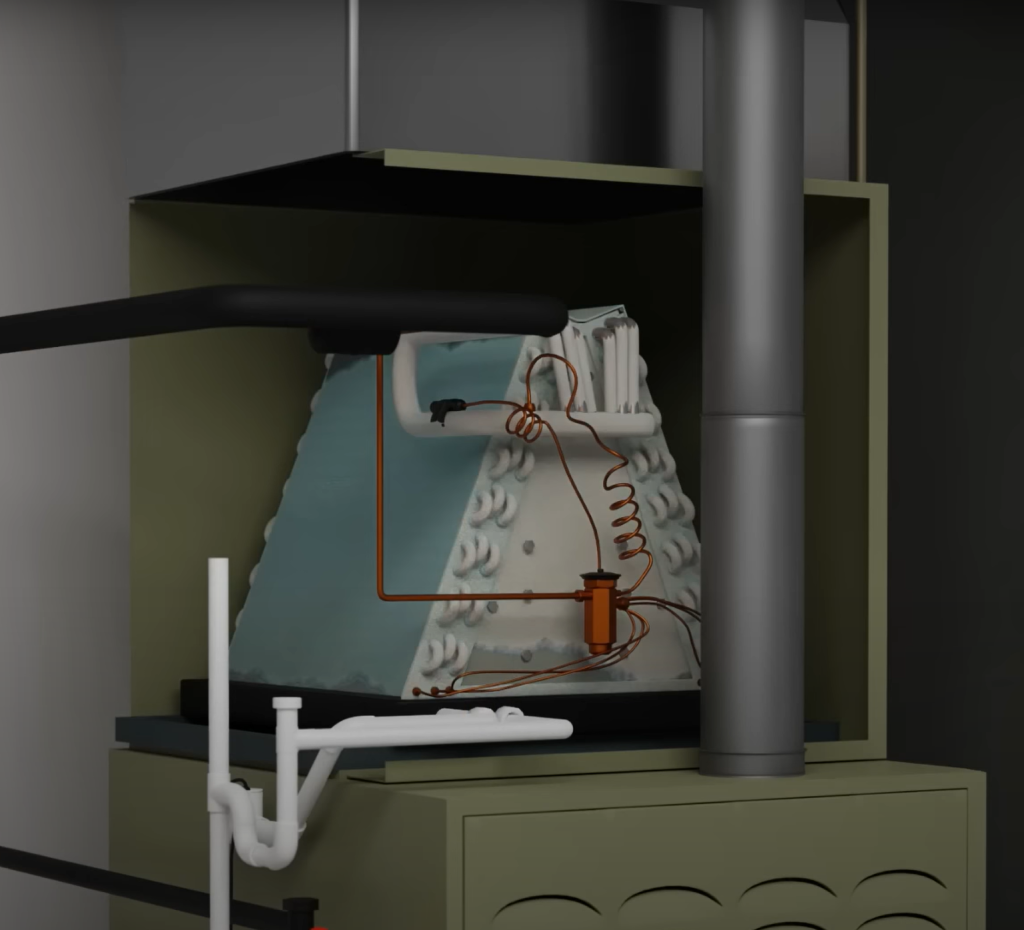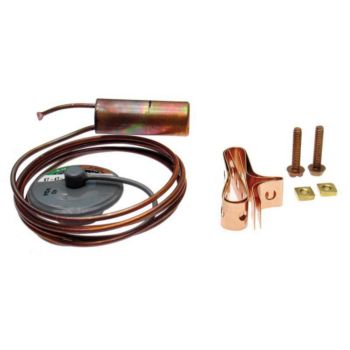Get Tech Tips
Subscribe to free tech tips.
Troubleshooting Water Leaks
There is not much worse than having a service call where you can’t figure out where the water is coming from or where it came from before you got there. I have spent many hours scratching my sweaty head in attics while I stared into the riser of a drain line, waiting for water to start running down the drain. The sheetrock under the unit or floor under the unit is wet, but you can’t figure out how it got that way. Here is my troubleshooting process for tricky water leaks.

Make Sure the Unit is Level
We need to start here, of course. But even this can be tricky. If the system is in a closet, where can you really check the level? Some units hung with straps can be warped or twisted because the sheet metal evaporator coil boxes are not incredibly sturdy. If the pitch of the unit is in question, open up the evaporator coil door and pour some water into the primary drain pan. Pouring water into the drain pan will also help you see if the drain has the proper pitch and is draining properly.
Read the Installation Manual
Are there any specific instructions for the coil in regard to condensation? Is the coil designed to be installed horizontally or in the upflow/downflow position? Many manufacturers require kits for downflow applications. Many manufacturers are also requiring splash guards for certain models in horizontal applications. Check to make sure the coil is installed correctly according to the manufacturer. Coils that are designed for splash guards and don’t have them can throw or “spit” water off the coil into the supply plenum, soaking the insulation and causing water to drip.


Test the System
Run the system under the conditions it was in when you arrived. Check the refrigerant pressures. Could the system have frozen up? Check the refrigerant charge and airflow. Coils with ice on them “grow” ice in places where the drain pan wasn’t designed to catch the water. If there is a brand new filter in the unit, ask if it was replaced recently. Are the fins damaged, causing water to pool and drip off rather than run into the pan? Is the drain line cracked or not glued?
Run some water down the drain line. It may be clear now, but it could have a partial restriction that drains on the off cycle. If the drain is backing up and there isn’t a float switch on the system, where is the water going to end up? Without a secondary drain, the water will end up filling the air handler or plenums. That could be the source of your problem.
Get Creative

Use your imagination and the process of elimination. At the end of the day, how many ways are there that water could end up leaking out of the system? There simply aren’t that many. Either the system was not installed properly, has a defect (cracked interior drain pan?), or is not operating properly (freezing up, airflow issues).
Could the contactor be getting stuck closed, causing the system to freeze up on the off cycle? Water that has run down and dried up often leaves mineral stains or trails. Sometimes following these mineral deposits can help you find the source of a leak.
Is the system old or brand new? Is the water issue constant or infrequent? What patterns or correlations are there between runtime/weather and the drain issues? Have any changes been made recently?
Ultimately, you may have to make some changes to the system, such as leveling or setting the system up as designed, before you can find the root cause. Bizarre water drips and leaks can be frustrating. Communicate with the customer about your findings. I find it best to keep my recommendations for repair conservative unless I have a high level of confidence that I have found the root problem causing the water leak.
—Matt Bruner








Comments
To leave a comment, you need to log in.
Log In